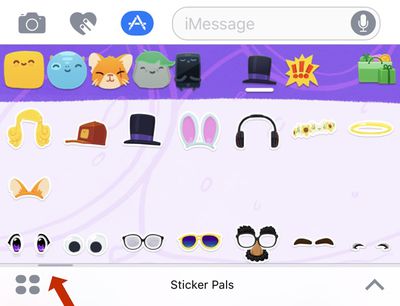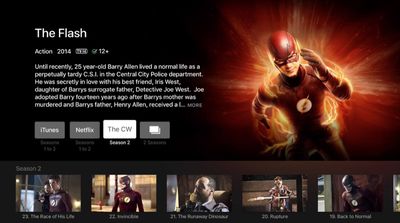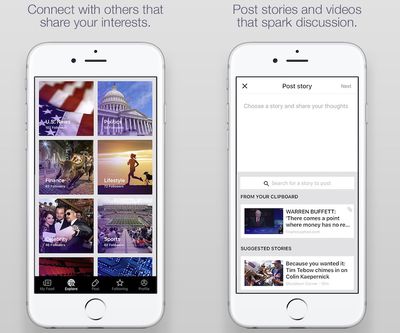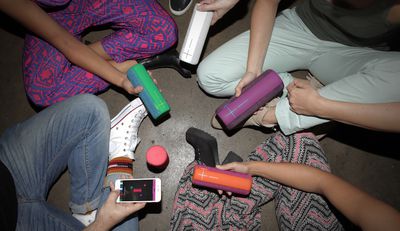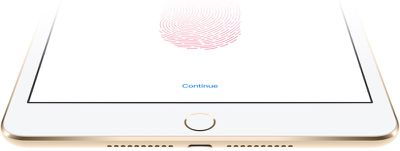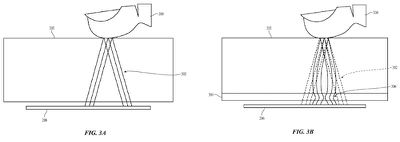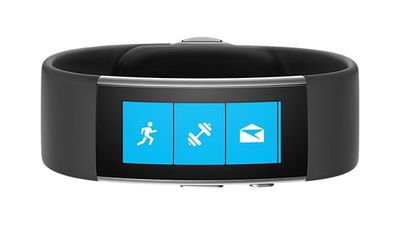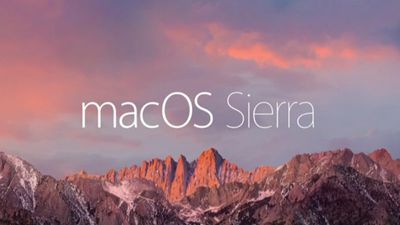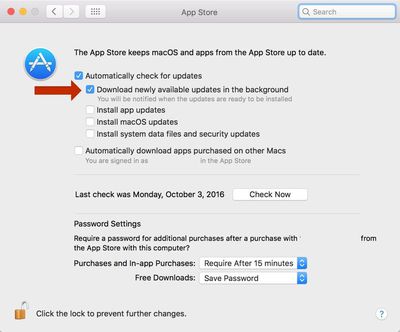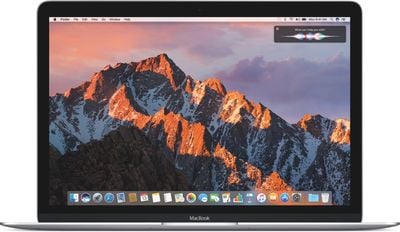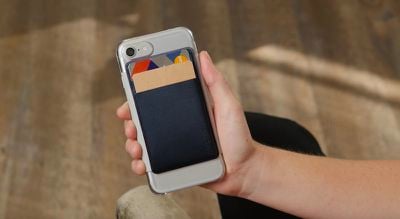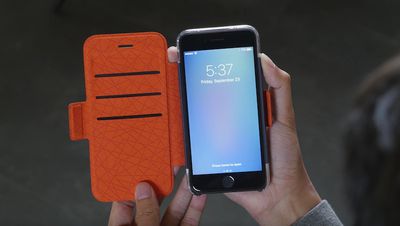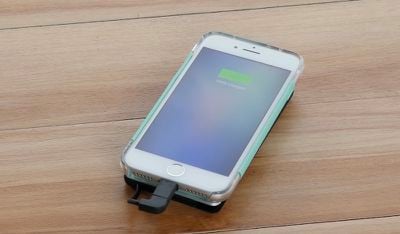Apple today seeded the second beta of watchOS 3.1, Build 14S464, to developers for testing purposes, two weeks after seeding the first beta and three weeks after releasing watchOS 3 to the public.
watchOS 3.1 can be downloaded through the dedicated Apple Watch app on the iPhone by going to General -> Software Update. To install the update, the Apple Watch must have 50 percent battery, it must be placed on the charger, and it must be in range of the iPhone. watchOS 3.1 requires an iPhone running iOS 10 to install.
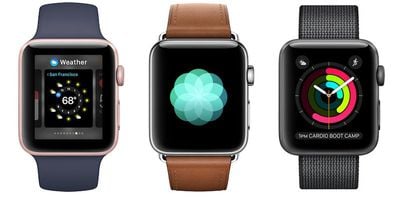
watchOS 3.1 appears to focus on bug fixes and under-the-hood performance improvements rather than outward-facing changes, as no new features were discovered in the first beta. We'll update this post with anything new that's found in the second beta.
watchOS 3 brings a new interface to the Apple Watch, with a dedicated App Dock and instant launch apps. There are new Activity sharing features, a "Breathe" app guides you through daily deep breathing sessions to cut down on stress, and there are new Reminders, Find My Friends, and Heart Rate apps.
Three new watch faces are included, and an SOS feature can automatically call emergency services. A revamped Messages app makes it easier to reply to incoming texts, plus there's a new "Scribble" feature for writing replies on the Apple Watch face with a finger.



